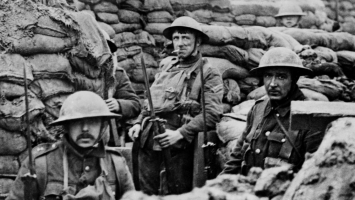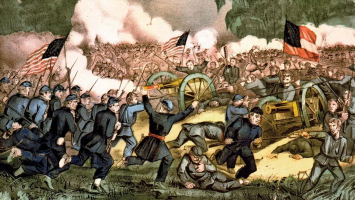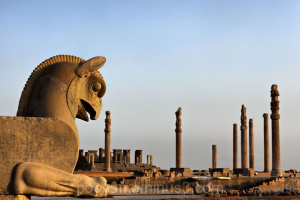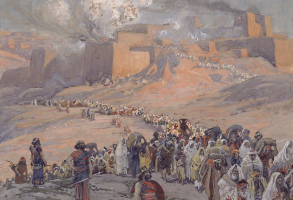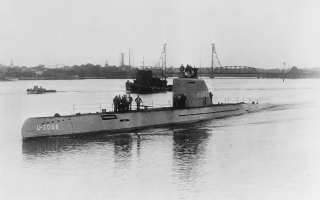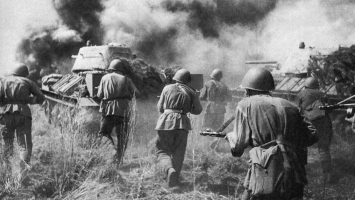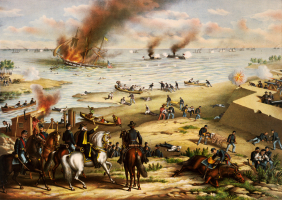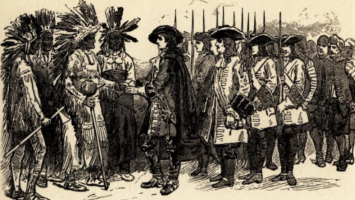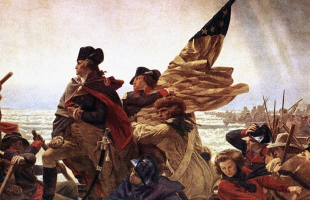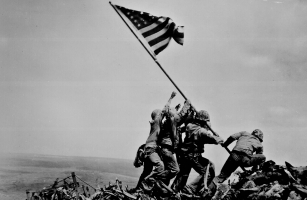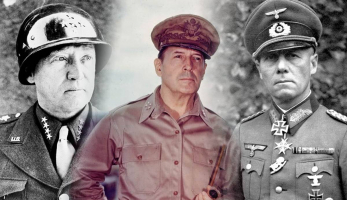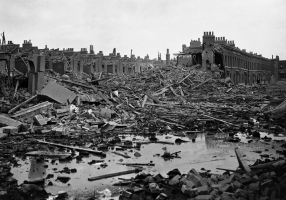Top 10 Fascinating Facts About the American Homefront in World War II
The public's complaints about the wartime restrictions were downplayed in historical accounts in literature and film in favor of patriotism. Many continue to. ... read more...It's just an age-old tradition whereby one generation tells successive generations how much better off they are and how much harder life was in the past. Without a doubt, countless Americans gave their lives in the Second World War. However, most didn't like it, and many took measures to make their sacrifices a little less difficult. Ten facts concerning the home front in World War II are provided below.
-
Home gardening increased as a result of rationing, which the government promoted. Pressure cookers were useful for home canning as a result of the increased amount of vegetables from the gardens. Home canning provided Americans with access to items that would otherwise be rationed and allowed them to trade for foods that did not fall under the rationing system's restrictions. American citizens were able to harvest, prepare, and trade their own food with their neighbors.
In comparison to today's program-and-forget electronic pressure cookers, the home pressure cookers of the 1940s were a far cry. They needed regular monitoring and upkeep, but there was still a chance for disastrous culinary mishaps. Due to conversion to war production, few companies produced pressure cookers throughout the conflict; instead, older, less dependable cookers were employed. Although their lids and seals could not be reused, canning jars were in high demand in hardware stores, general stores, and through catalog sales throughout the war.
Victory gardens started to appear in backyards, on rooftops in cities, in alleys, and in many neighborhoods in open, communal spaces like parks and gardens. Home canning peaked during World War II, declined significantly in the postwar era, and has only lately started to gain popularity again due to a rebirth of interest in less industrialized foods and safer and more convenient pressure cookers. Growing your own food has experienced a comeback as well, this time driven by a desire for healthier diets rather than a necessity brought on by food shortages.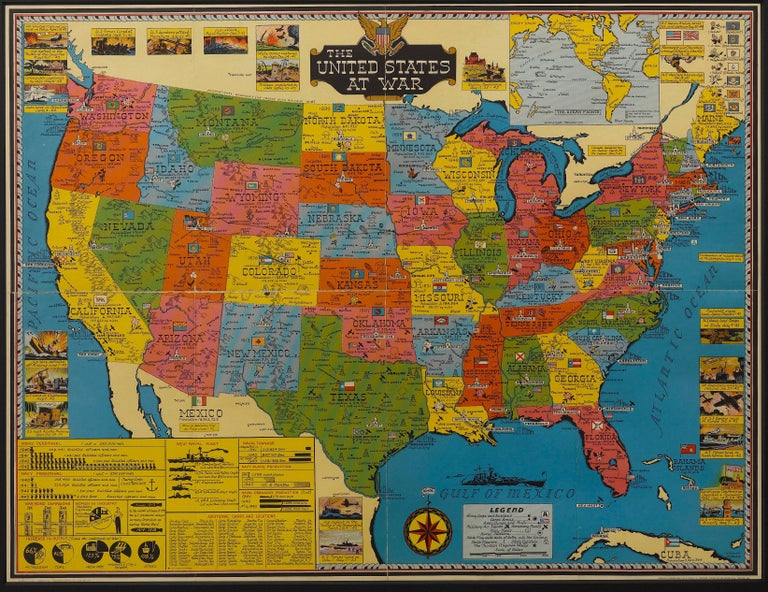
https://www.1stdibs.com/ 
https://www.pinterest.com -
The percentage of males who were drafted into the military during World War II was over 60%. Some people attempted to avoid being recruited during the first year of the war by joining the Coast Guard or the Navy. Others stated their religious convictions as the reason they were exempt from the draft. Some conscientious objectors, although not all of them, were granted conscientious objector status after the government mandated that all branches of service submit to the draft. A total of 6,000 men were imprisoned after being denied CO status. Through dishonest draft boards, thousands more people avoided the draft.
The draft prevented men from joining one branch at the expense of the others, such as joining the Navy instead of the Army's frontline infantry. Additionally, it made sure that all men of draft eligible age were registered and made known to local draft boards, which made the initial decisions regarding CO status, health status, and other factors that determined whether or not the draftees were eligible to serve in the military.
Men who were married or had dependent children were eligible for exemptions when the draft started in 1940. The proportion of men in the draft who got married increased by 25% by 1941. Only those who got married before the attack on Pearl Harbor were exempted when Congress amended the legislation in 1942 in response to an upsurge in men choosing marriage over military service. Whether or not a member of the Greatest Generation, there was opposition to conscription during the Second World War, as there was in every American war in which it was required.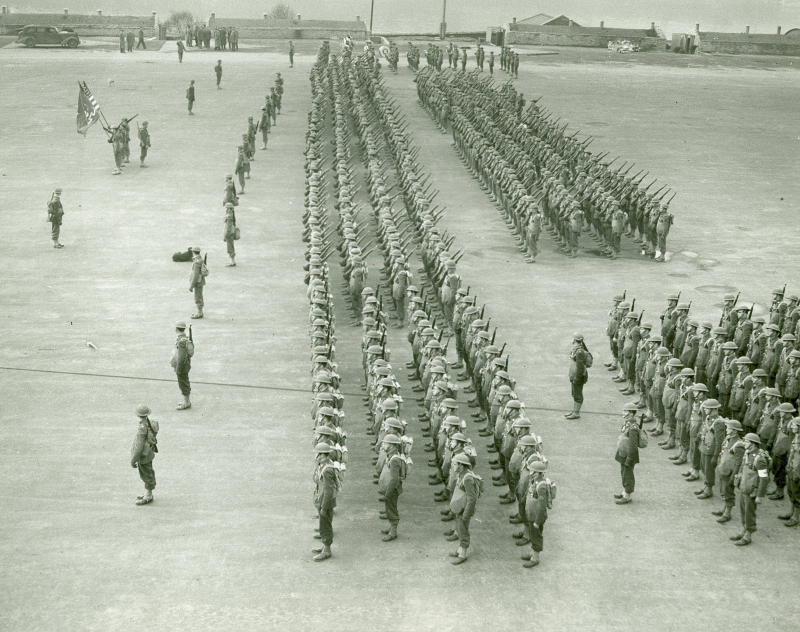
https://www.army.mil 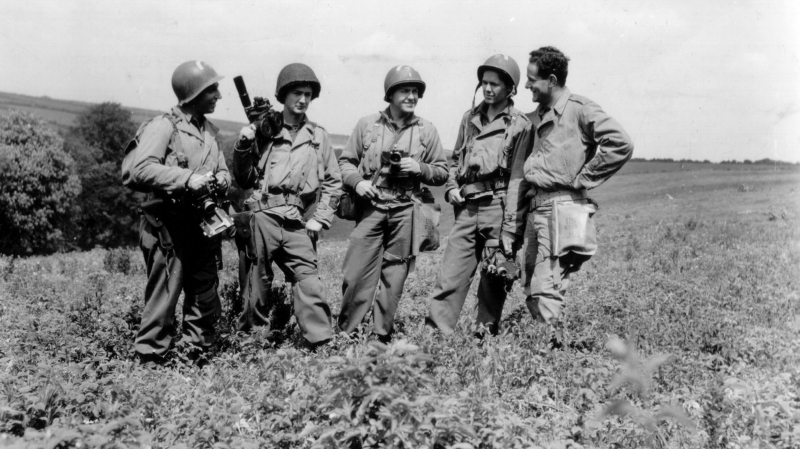
https://www.mentalfloss.com/ -
During World War II, in order to eat a steak meal at home, one needed the money to pay for the steak, the appropriate amount of ration points, and a butcher who just so happened to have the desired cut of beef on hand. However, all one required to order a steak in a restaurant, particularly a well-known one in a bigger city, was the necessary cash and a reservation for a table. When ordering food in restaurants, rationing points were not required, not even for coffee and sugar (though the government did impose price ceilings for many items).
As a result, Americans started eating out more frequently, particularly in urban areas. Restaurant owners were not constrained by ration books when buying their food, and they could sell whatever was on their menus. American employees discovered they could eat as much as they wanted at most restaurants without feeling guilty about taking advantage of the system because they had extra money that they found difficult to spend at grocery stores, butcher shops, or haberdashers.
Due to distillers switching to the production of alcohol to aid in the war effort, whiskey had all but disappeared by the war's end, despite not being rationed via coupon books. The majority of the whiskey they did manufacture was distributed to bars and restaurants by distributors. A drink could be ordered along with a meal when dining out, and Americans began to enjoy drinks before their dinners as a result.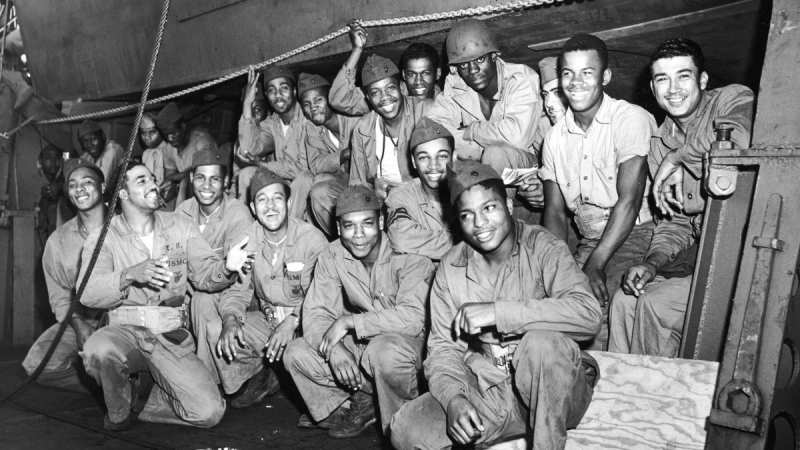
https://www.worldwar1centennial.org 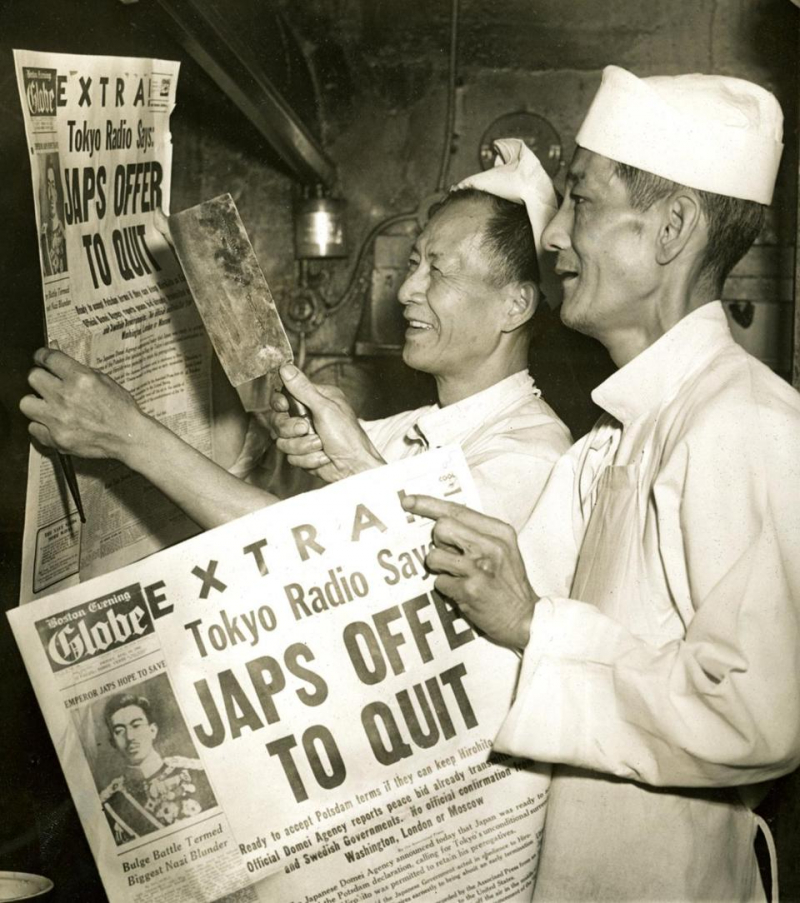
http://ww2review.blogspot.com -
Americans were eventually informed of their ancestors' World War II-era enthusiastic acceptance of sacrifice. In reality, many of the sacrifices required of those at home were bitterly opposed and frequently refused. As the war dragged on, discontent grew, especially as systemic violations became more and more obvious. Rationing pains could be avoided, and systemic abuses were frequently overlooked. Many times, Americans ate better than they did in the ten years prior to the war.
Domestically, Americans who had been for a long time unable to buy particular commodities due to the Depression and a lack of money now found themselves employed, with money to spend, but frequently without the goods to do so. The production of farms increased concurrently. Americans questioned the need for rationing after observing the plenty, especially when it came to food and clothing. Since there was little evidence of a fuel shortage, restrictions on travel were an additional annoyance. To travel by bus, ferry, plane, or rail, citizens need government-approved travel priorities. Due to petroleum rationing and a 35 mph nationwide speed limit, driving was restricted.
Ration booklets for food were only meant to be used by the recipients and their close families. Within a few weeks of the system's deployment, Americans started exchanging one kind of ration stamp for another, defeating the purpose of the system. The idea that Americans gladly and freely accepted rationing throughout the post-war era is a fallacy. The efforts made by the federal government and law enforcement organizations to stop abuses of the rationing system are proof that the Americans at home during the war despised and opposed it.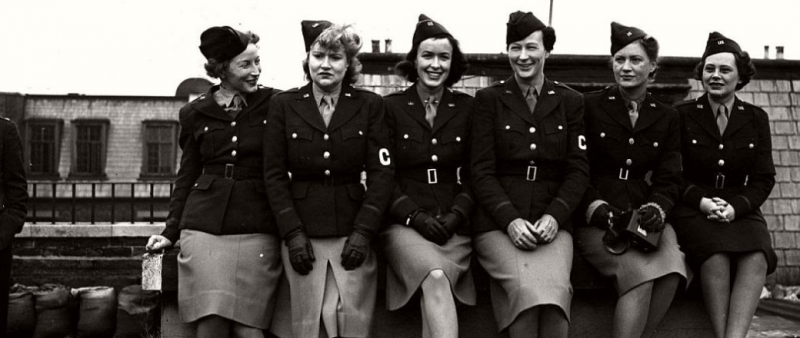
http://monovisions.com 
https://www.history.com -
More than 10% of Hollywood's staff, including actors, directors, photographers, writers, animators, technicians, and others, contributed to the war effort in just the first year of the conflict. In the military, the propaganda business, the Office of War Information, and other organizations, they did this. Filmmakers were instructed to think about how their films would advance the war before they began production.
During the conflict, films were produced that aimed to attract new soldiers to specialized military branches. The purpose of films like Bombardier (1943), Crash Drive (1943), and Wake Island (1942) was to inform the public on the responsibilities of military members in the US Army Air Forces, US Navy, and US Marine Corps, respectively. Each attempted to inspire young Americans to join the military by portraying renowned Hollywood actors in heroic ways.
Other movies, like Alfred Hitchcock's Saboteur (1942) and Above Suspicion, forewarned of the threat that espionage posed to the domestic front and the wider war effort (1943). Hollywood created propaganda films portraying America's enemies, films to entertain those at home and those serving overseas, and training films for the military. The seven Why We Fight films, created by the War Department with Hollywood's assistance to "educate" the public on the need for the war, were among the latter.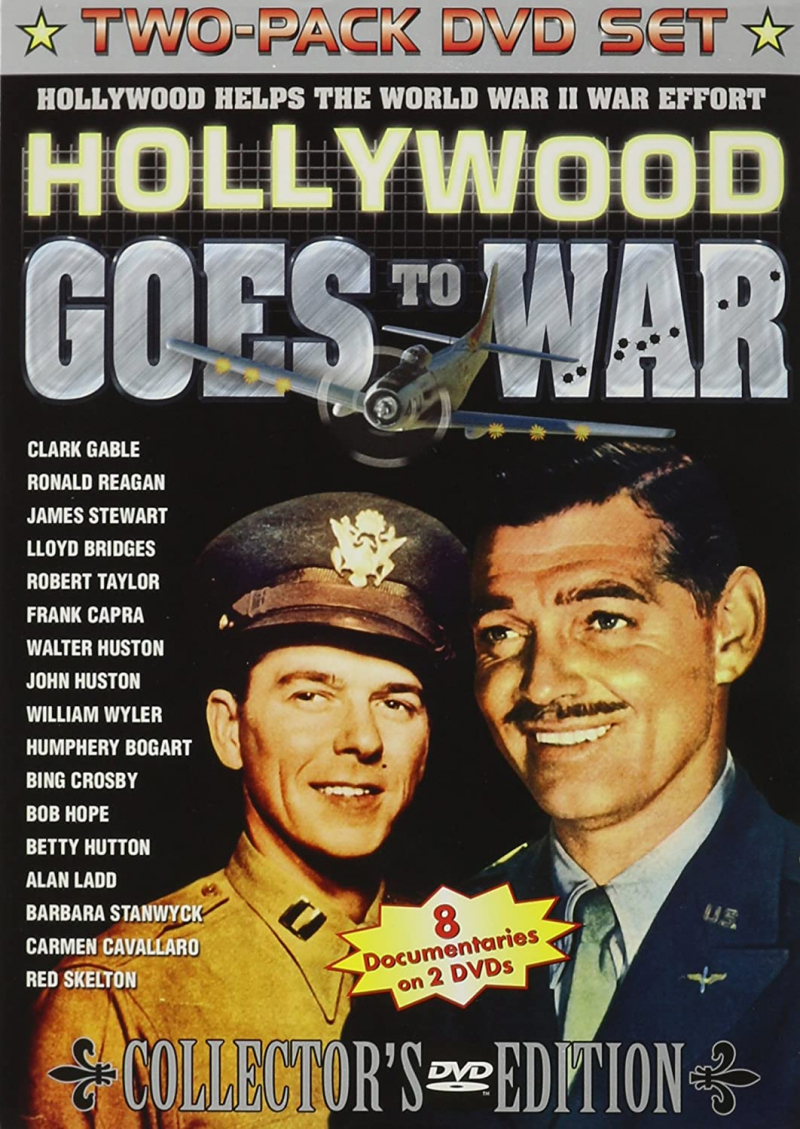
https://www.amazon.com/ 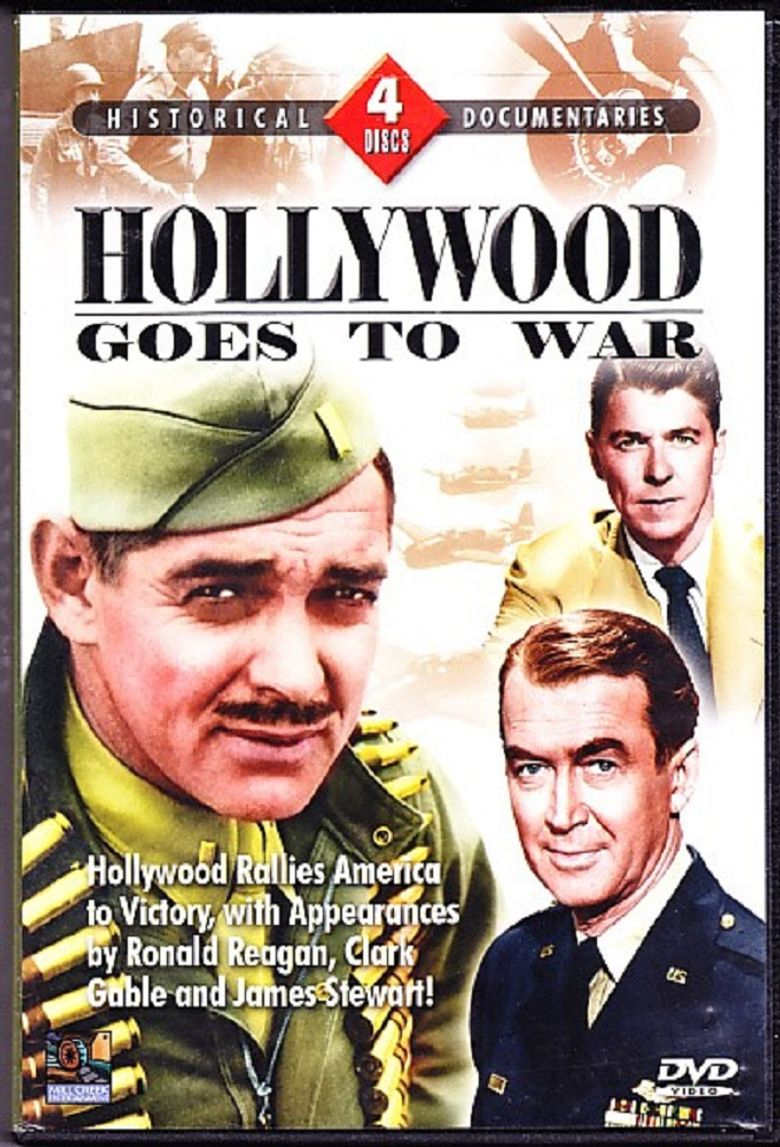
https://reelgood.com/ -
Despite producing tens of thousands of ships, tanks, trucks, armored cars, and other steel-dependent products, the United States produced or recycled enough steel to produce surpluses. To free up copper for use in the war effort, steel was traded to allies and utilized to manufacture pennies at home. During the war, American steel mills prospered without being hampered by labor unrest or supply problems.
Beginning in January 1942, the production of steel—both new and recycled—shifted from autos and certain other consumer products to the demands of war. By the end of the war, the sector had reached maximum employment. To support the industries of America's friends, steel was shipped to shipyards, tank factories, truck factories, railroads, and foreign locations. By the end of the war, there was enough steel available to build an LST (Landing Ship/Tanks) in just 30 days. Before the war, it took a ship builder more than a year to complete one.
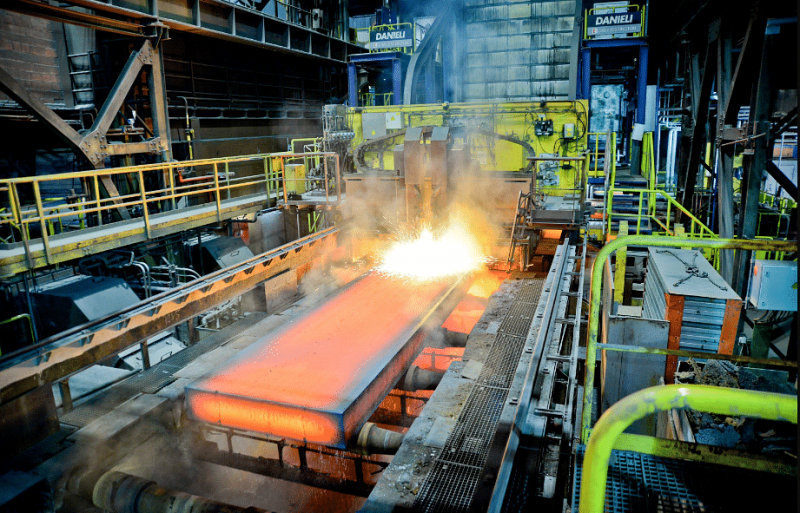
https://www.steelguru.com/ 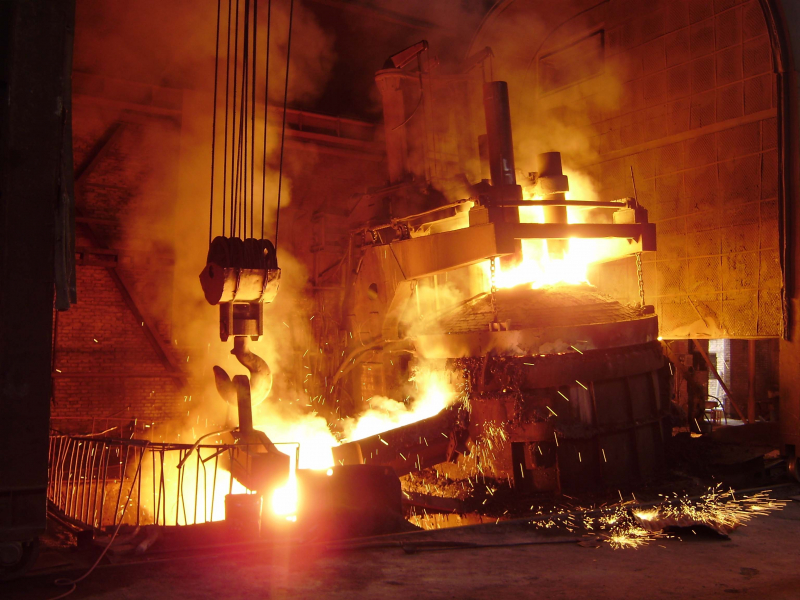
https://melissahinten.wordpress.com/ -
During World War II, coordinated scrap drives were started for metals, rubber, leather, paper, cooking fats (which were later recycled into gelatin used in explosives), and other materials. Over 1 million tons of scrap metal, enough to construct over 100 warships, could be found on American fields alone at the start of the war. There weren't many options for what to do with the metal prior to the war, other than to let it deteriorate in the fields.
The military and government bureaucracies have grown exponentially, creating a huge need for the primary government material output. Shortages of paper started to occur quickly. Newspapers, magazines, boxes, cartons, and other things were collected during paper drives for recycling. Many pre-war publications and comic books became scarce as a direct result of World War II paper drives, raising their value as collectibles for later generations.
Almost anything that could be recycled was collected during scrap drives. Tin cans, bicycle tires, rusted tools, abandoned pots and pans, leather products, nylons, vintage apparel, and recycled cooking fats and oils are some examples of the materials. Throughout the war, scrap drives were still conducted, almost always by volunteer groups like the Boy Scouts or fraternal organizations like the Rotarians. Although it is questionable how much they helped the war effort, they served as a unifying force on the home front during World War II and were frequently highlighted in government propaganda campaigns.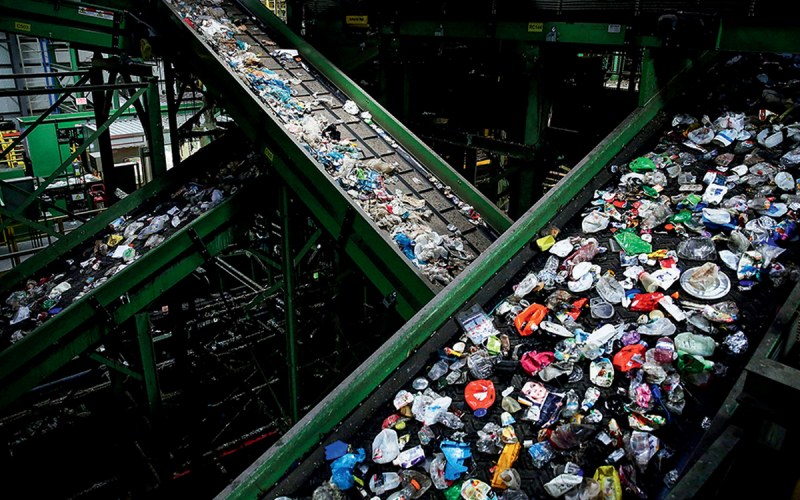
https://www.sierraclub.org/ 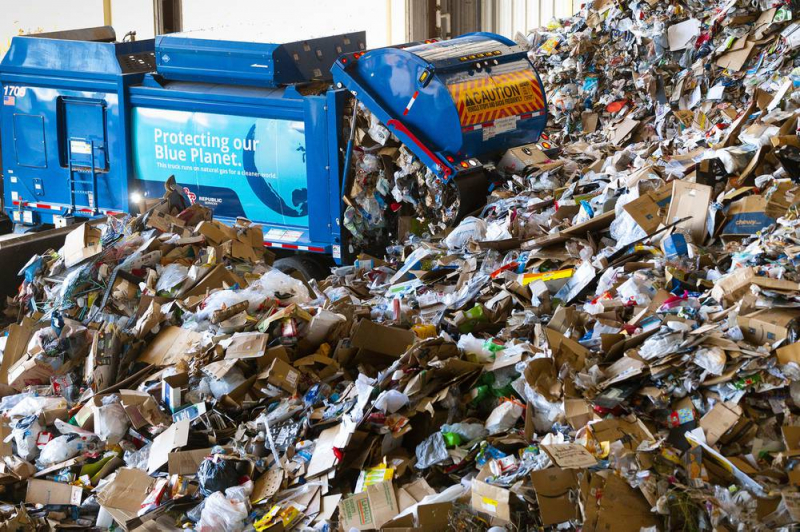
https://lasvegasweekly.com/ -
Consumer opposition to rationing increased as it spread throughout the United States. Rationing applied to a wide range of processed foods as well as sugar, coffee, cooking oil, some dairy products, meats, canned fish, jams and jellies, and coffee. Consumers required the cash to pay for rationed commodities as well as the required ration points, listed in ration books they got from the local boards.
Nearly as rapidly as the rationing began, underground markets for restricted goods emerged. The illicit market saw a rise in the popularity of meat. A Pittsburgh Post-Gazette reporter who had a vehicle and made a 30-mile radius purchase of more than a ton of illegally acquired black market meat, veal, and pig in the early 1940s. Despite the fact that some meats and other kinds of protein were available without rationing, Americans resisted efforts to restrict their consumption of the meals they were accustomed to.
Black market vendors in the United States discovered a sizable market of consumers eager to buy illegal commodities, especially meats, sugar, and fuel, in defiance of the rationing system. In several cities, the business for fake ration cards also flourished. Rationing caused a rise in another type of bootlegging, replacing alcohol with other consumer goods that people refused to give up despite government interventions, much like the masses resisted Prohibition during the 1920s.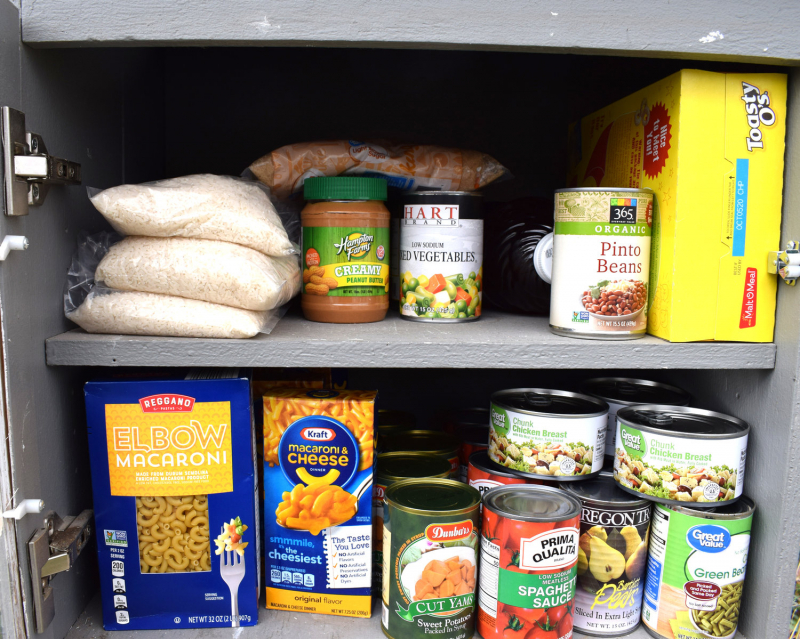
https://www.enterprisepub.com/ 
https://www.businessinsider.co.za -
Over $250 million in free advertising pleaded with Americans to purchase War Bonds during the conflict. War bonds were designed to raise money for the war while also taking money out of circulation and lowering inflation. Americans were inundated with advertisements, movies, radio shows, Bond Drives, and banners pleading with them to purchase bonds. A little over $185 billion was raised by almost half of all Americans, despite the fact that the bonds paid below market rates when they became due after ten years.
The adverts were broadcast on radio shows, newsreels, cartoon shorts, newspaper and magazine ads, posters, and in the credits of feature films. Celebrities and decorated combat veterans encouraged Americans to purchase bonds through war bond drives. In order to exchange their saved stamps for bonds, kids were urged to preserve them. Throughout the war, there were eight different War Bond sales drives that were highly publicized with donated campaigns. All achieved their stated objectives.
The eight scheduled drives, the last of which took place in the autumn of 1945 after Japan's surrender, brought in $156 billion of the $185 billion generated through bond sales throughout the war. The War Bonds, also known as Series E Bonds, were promoted by the government as "the greatest investment on earth." They were sold until 1980, when other governmental bonds took their place.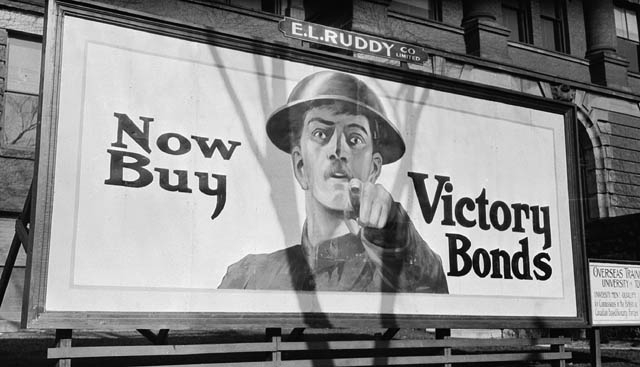
http://onlinetuit.blogspot.com/ 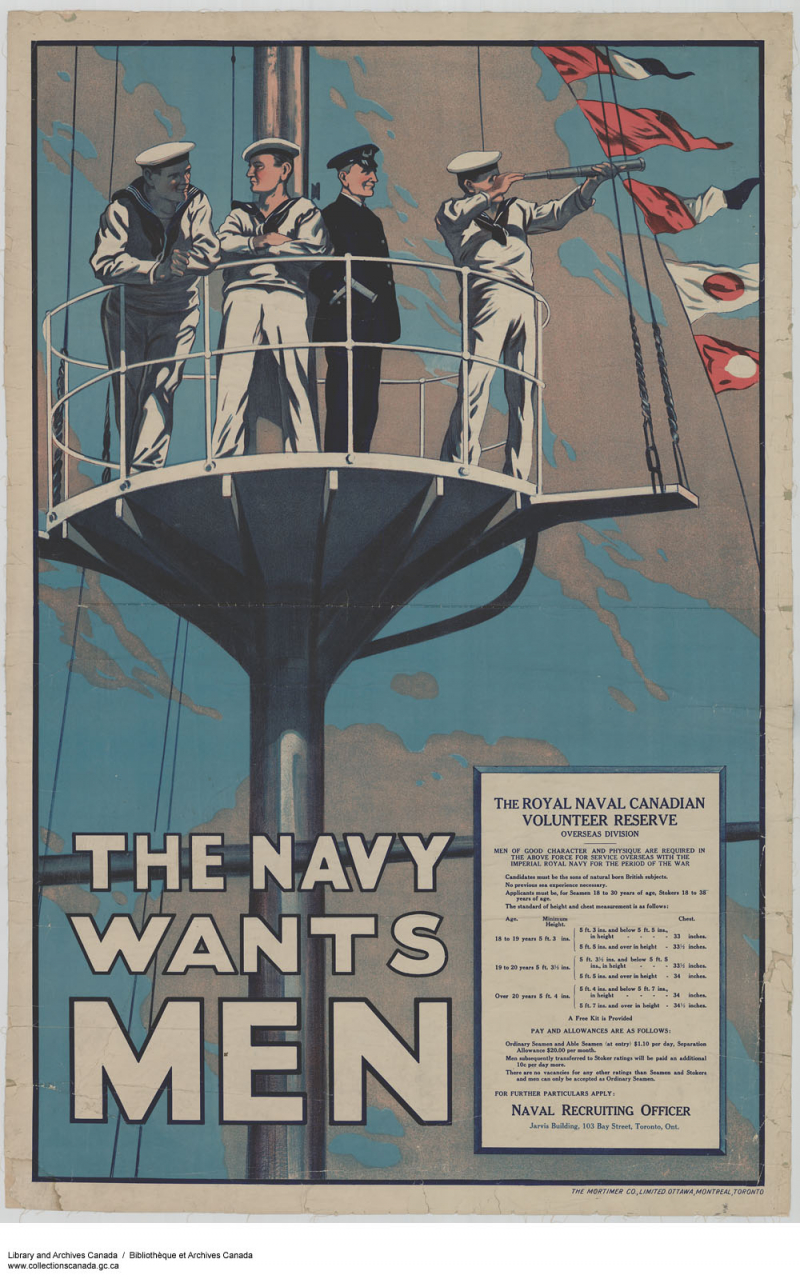
http://onlinetuit.blogspot.com -
Despite the tremendous gasoline consumption of the Allied war machine and the businesses that supported it, the United States never ran out of fuel during the Second World War. Four days after the attack on Pearl Harbor, on December 11, 1941, the Office of Price Administration announced the establishment of 7,500 ration boards around the country. The duty of instituting rationing of supplies crucial to the war effort fell to the boards, which were made up of unpaid volunteers. People who had business or personal relationships to the board members had ways to game the system. In some places, cheating spread like wildfire.
Tires were the first item to be rationed. Before the war, the United States imported almost all of the rubber it used, with the majority coming from regions that were then under Japanese occupation. The sales of new cars were stopped on January 1, 1942, in order to protect the tire supplies that were already on hand. The existing stock of cars was restricted to members of specific professions alone. These included clerics, experts deemed crucial to the war effort, and those in the medical field.
Rationing of gasoline was implemented to affect customer behavior and encourage them to modify their driving styles in order to preserve rubber. It was hated by practically everyone. Fuel sellers were informed by letters on stickers stuck to cars how much gasoline each owner was permitted to buy each week. Drivers also carried ration cards, which kept track of the purchases in addition to the sticker. The lowest category, "A stickers," were permitted to purchase up to four gallons each week. The topmost "X" sticker allowed for limitless fuel purchases. Unsurprisingly, 200 or more congressmen acquired X stickers, sparking indignation across the country. Throughout the war, Americans fought gas rationing, especially in the west where longer travel distances required more fuel.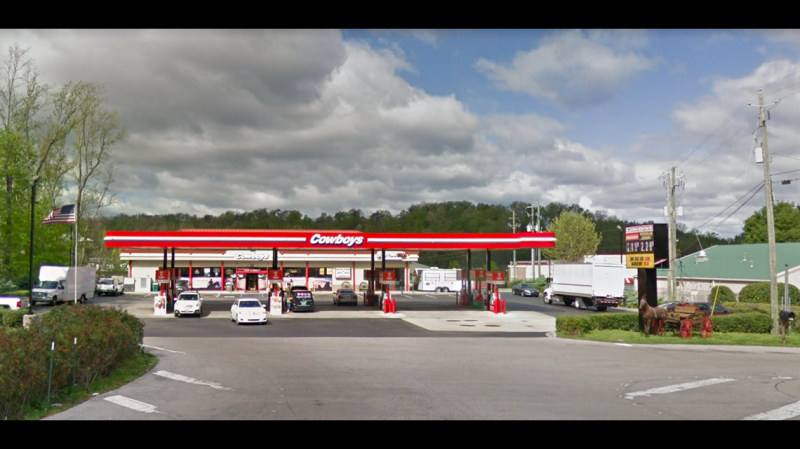
https://www.9news.com/ 
https://www.fastcompany.com/












